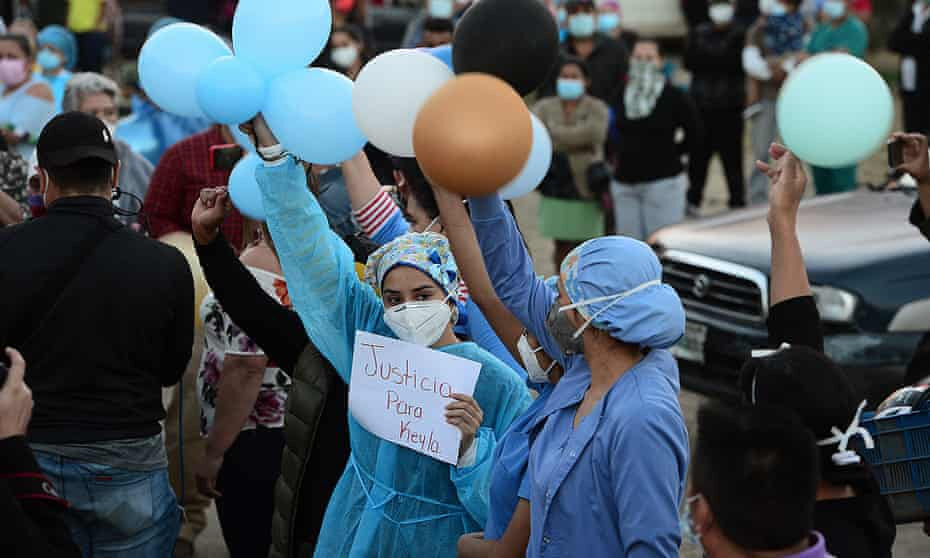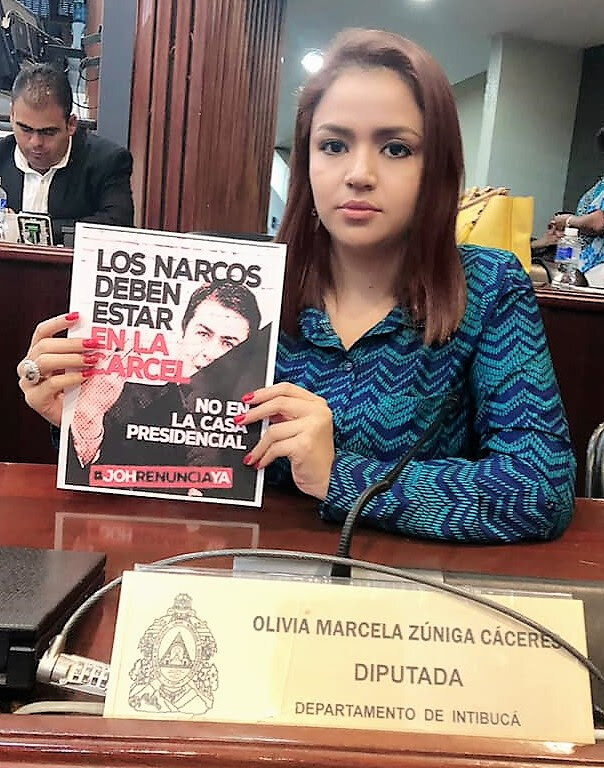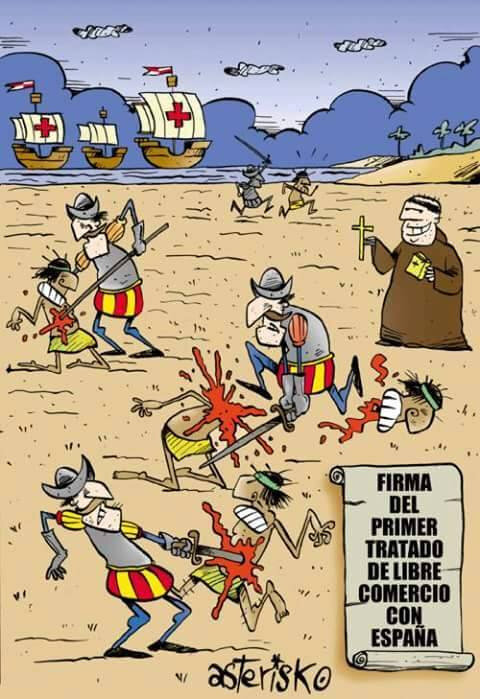Email Newsblasts
Two Garifuna land and human rights defenders illegally jailed by Honduran regime
Two Garifuna land and indigenous rights defenders were illegally jailed by military-backed, drug-trafficking Honduran regime, a “democratic allie” of the US and Canada since the 2009 military coup ousted Honduras’ last democratically elected government.

Remembering Berta Caceres: 5 year anniversary of her assassination
“Berta was someone who refused to be silent, who refused to cede or go into exile despite the violence she was up against. She was extremely clear about the causes of the injustices of the world and did not hesitate to name those responsible. Her ability to explain and relate complex global phenomena to everyday realities made her an exceptional leader, and the dignity with which she treated every person she met made her a phenomenal organizer.

The brutal death of Edgar Lopez, “a massacre met with indignation and numbness”
Another story of decades of self-serving US, Canadian and “international community” policies and interests in Guatemala.

US Senate proposes law to sanction repressive, drug-trafficking President of Honduras
‘Juan Orlando Hernandez is our narco-trafficking son of a bitch’
In 1939, President Franklin D. Roosevelt is reported to have said that "Somoza may be a son of a bitch, but he's our son of a bitch", referring to the ruthless military dictator of Nicaragua the US government was propping up.
One can imagine US and Canadian leaders saying: ‘Juan Orlando Hernandez is a narco-trafficking son of a bitch, but he is our narco-trafficking son of a bitch’, referring to the military-backed dictator of Honduras, in power since (pretty much) the 2009 US and Canadian-backed coup.

“Haiti Betrayed”: How USA, France, Canada Throttle Haitian Democracy
Film review, Free screening & Webinar discussion

Nurse Keyla Martinez murdered by police Highlighting misogynistic, state-sponsored violence in Honduras
The US and Canada maintain full economic, military and political relations with military-backed, corrupt Honduran regime, staunch “democratic ally” since the US and Canadian-backed June 28, 2009 military coup ousted Honduras’ last democratic government


US government promises pathway to citizenship for 11 million people
But will the US & Canada continue to treat Honduras and Guatemala like “shithole countries”, creating ever more forced migrants and refugees?
